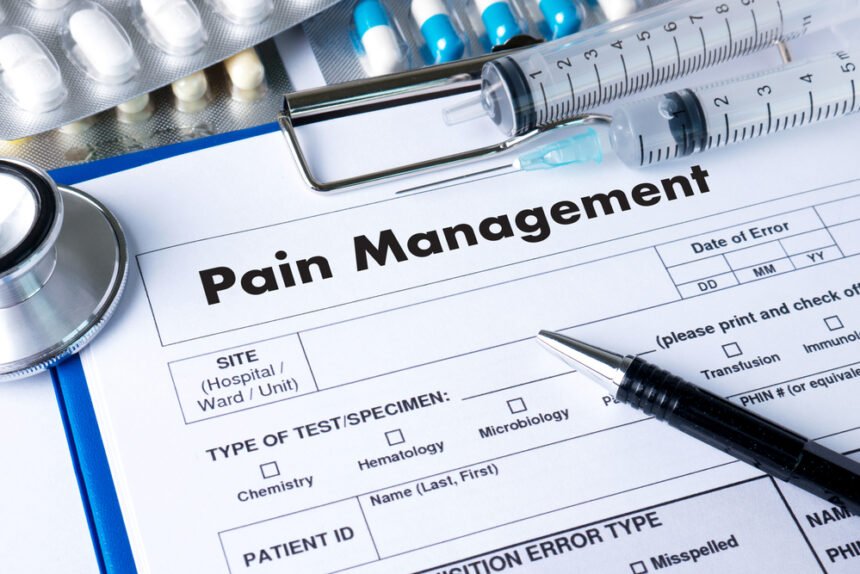Most people suffer from one or another kind of pain, knees, shoulders, spine, hips and other body parts. Pain management clinics are therefore gaining popularity, since there are many signs that people need them. The patients at these clinics are treated with utmost care and their sensitivities are taken into consideration.
A lot of pain is chronic. It is estimated that 50.2 million American adults suffer from chronic pain each year. They often require more extensive treatments.
Pain management Columbia MD has treated a variety of issues, such as – Osteoarthritis, Bursitis, etc. Few of these pains can be reduced over a due course of time with exercise and weight loss programs.
However, few need specialized treatments to be performed on certain complicated matters. Some of those treatments will be discussed below to focus on the significance of Pain Management Clinics.
- 1. Discography – It is a testing technique performed on intervertebral discs. Contrast Injection is pushed inside the discs. This causes pain that imitates the pain which the patient suffers regularly. Instead of MRI, doctors prefer this technique because it clears out the problem-causing disc thereby reducing the chances of performing unnecessary surgery on other discs. Few side effects are – pain for almost seven days, bleeding, infection and allergies, etc.
- Rhizotomy – For people who have been living a restricted lifestyle due to chronic back pain, rhizotomy is an excellent surgical option. In this treatment, the nerves carrying pain signals to facet joints are ruptured. Rhizotomy is generally performed on patients who have already gone through multiple surgeries of nerve blocks. It has recognized the origin of pain. It is one of the best options to get relief from continuous back pain. The nerves automatically grow in a due course of time and consequentially, the treatment needs to be repeated after a year. Patients can notice the change approximately after fourteen days. Few side effects include – soreness in the area, burning sensation, or numbness at the spot where the injection was given.
- Spinal Cord Stimulator trial – In this procedure, a tiny device is positioned in an epidural space that has electrodes. To ensure safety, x-ray guidance is used. To stop any further pain while doing the procedure, local anesthesia is injected. This could be a viable way to treat certain types of back pain. Furthermore, the patient is constantly asked during the procedure whether or not the painful areas are all being covered. Few side effects are – infection, bleeding, and allergies which get recovered soon leaving the patient with a pain-free livelihood.
- Sacroiliac joint injections – This treatment is especially for people with pain in the lower back area, hips, and rear end. This is a very small surgery that involves injecting local anesthesia, numbing drugs, and steroids. Slowly, the pain gets reduced. Swelling is one of the side effects that decrease once the steroids start showing effect.
- Genicular nerve ablation – For patients who have knee pain, this is a miraculous treatment. Radiofrequency ablation needles are positioned at the pain-causing genicular nerves. Needles are heated for slightly more than a minute at 80C.
It ruptures the pain-causing nerve at the joints. Before starting the procedure, local anesthesia is injected. Few side effects are – infection, temporary pain, and slight bleeding.
Pain management treatments have helped the patients get back to their normal lives without suffering the effects of massive surgeries.

